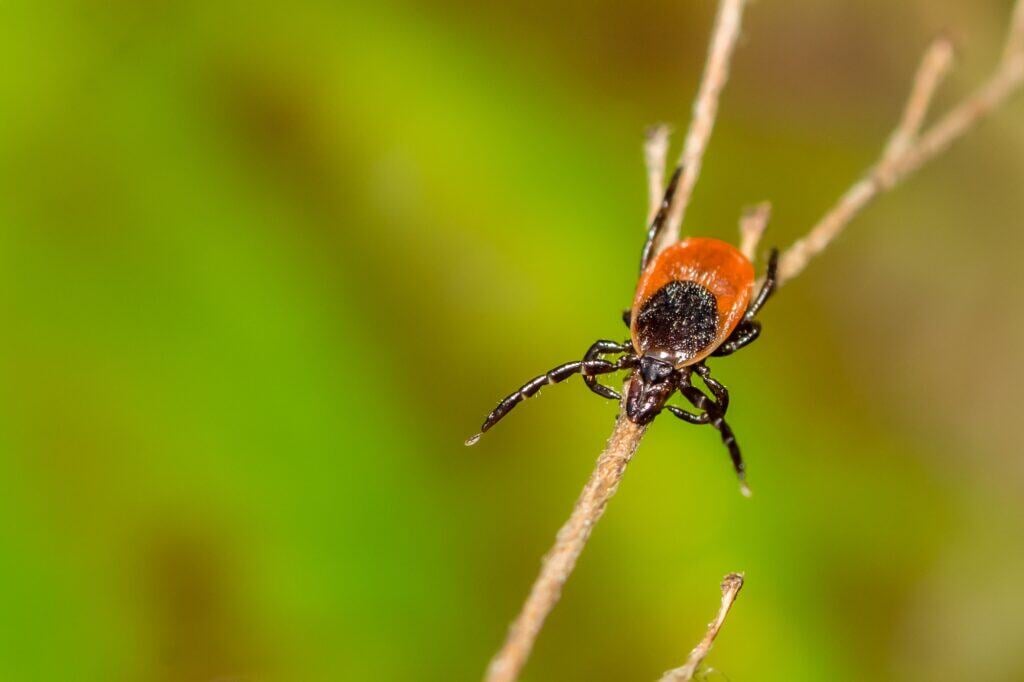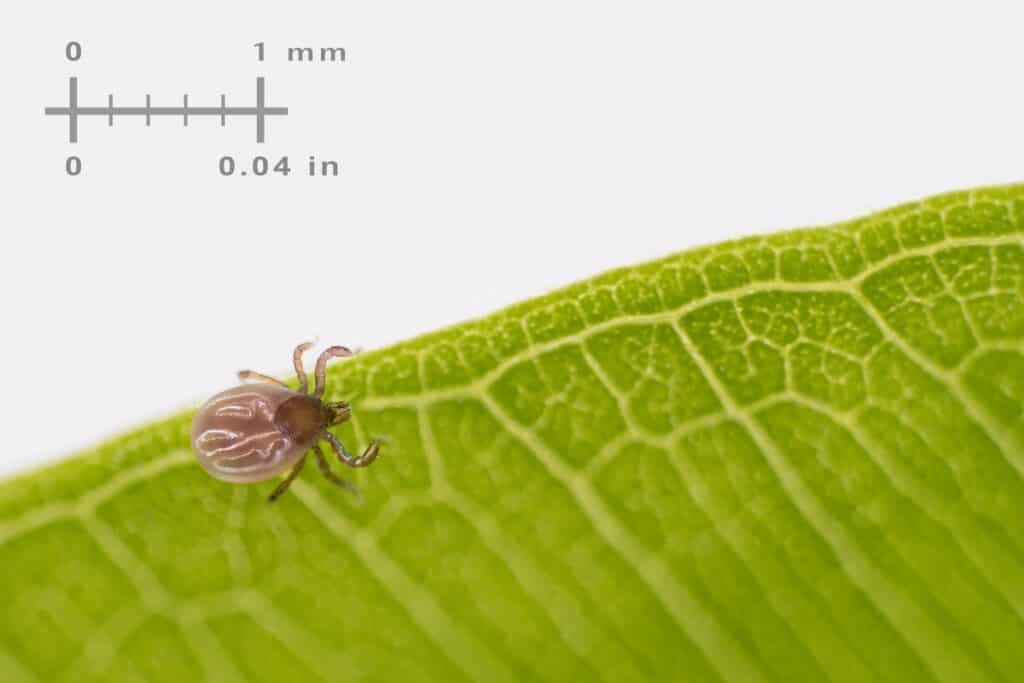Tick Prevention: Your Complete Summer Camping Guide
Tick-Proof Your Summer With This Ultimate Protection Plan
Ticks are enjoying a moment these days. Hot, dry summers over the last few years have created ideal conditions for tick infestations in most areas of the US and Canada. That said, summer is when these little creepy crawlies become a problem, hiding in vegetation, waiting for a warm creature to crawl onto. They’re not just out to hitch a ride either. Ticks are out for blood, and they’ll find a way to stealthily bore into any animal they crawl onto.
Tick Prevention is an Important Part of Outdoor Life
If that weren’t creepy enough, ticks can infect their hosts with some very serious diseases as they’re snacking. The most well known of these are Lyme disease and Rocky Mountain Spotted Fever but there are 13 other diseases they carry too. Tick prevention has become an essential part of outdoor activities in most parts of North America. In this guide, we’ll take a look at how to identify ticks, the best ways to avoid them, and what you should do if you happen to find one on yourself or someone else.
All About Ticks
When it comes to ticks, it’s important to know what you’re dealing with. As eight-legged arachnids, they’re actually close relatives of spiders and scorpions. That said, some ticks carry a toxin that causes temporary paralysis in their hosts. And not all ticks are alike—there are 90 known species of ticks in the US and 40 known tick species in Canada.
Ticks can range in size from the size of a poppy seed to about the size of a dime. They often crawl onto their hosts unnoticed when they’re about the same size as a pinhead. Once on a host, a tick quickly finds an unobtrusive spot to burrow into the skin where it will remain in place for up to two weeks. During this time, the tick changes color and can grow to about the size of a dime.
Common Ticks In North America
When it comes to ticks, some are more dangerous than others. Here are the top 5 to watch out for in the US and Canada.
- Black Legged (Deer) Tick: Can Transmit Lyme Disease
- Habitats: Eastern half and Midwest of the U.S., extending into parts of Texas, Colorado, and the Dakotas. All regions of Canada
- Lone Star Tick: Can transmit alpha-gal syndrome, a condition that causes an allergy to red meat; and southern tick-associated rash illness (STARI)
- Habitats: Eastern, southeastern, and south-central United State
- Rocky Mountain Wood Tick: Known vector for Rocky Mountain spotted fever, tularemia, and Colorado tick fever.
- Habitats: Rocky mountain regions
- American Dog Tick: Can transmit Rocky Mountain spotted fever and tularemia
- Habitats: Throughout North America
Tick Prevention Tips
When it comes to tick-borne illnesses, prevention is 99% of the solution. That means paying attention to posted warnings about local tick infestations and avoiding contact with tick habitats. Ticks frequently inhabit areas where there are tall grasses, trees, bushes or shrubs, but they also like to hang out in brush piles and firewood. However, here are other things you can do to stay safe from these pests.
- Wear a hat
- Dress in light colors
- Wear long-sleeved shirts, pants, and socks
- Tuck your pants into your socks
- Tuck your shirt into your pants
- Wear close-toed shoes or hiking boots
- Wear permethrin-treated clothing
- Use a tick repellent
- Avoid contact with vegetation
- Keep pets on trails by using a leash
Check for Ticks After Hikes or at the End of the Day
It’s a good idea to take a shower within two hours of outdoor activities to wash any ticks away before they become engorged. Always check for ticks at the end of the day. If you normally wear glasses for reading, get them out for tick checking too, since ticks can be tiny when they crawl on. Pets should also be thoroughly checked, too.
Focus on checking armpits, groin, around the neck and shoulders, behind the knees, and on thighs and legs. Also check the back, chest, and abdominal areas. Use your reading glasses or a magnifying glass to look for small dark specks that might be a tick that’s either moving or engorged.
How to Safely Remove a Tick
Sometimes even our best tick prevention efforts can fail. If you find a tick you’ll want to avoid squishing it or otherwise stressing it, since ticks tend to hold on tighter when they’re stressed. You want the tick to relax while you gently and quickly remove it. That means putting vaseline on a tick, holding a hot match head to it, or dousing it in kerosene are all very bad ideas. Instead, tick removal can be super easy. Use toilet tissue, or specialized tick tweezers to grip the tick as close to its head as you can. Pull straight out in a very quick motion. Then dispose of the tick in a campfire, by sticking it on tape and rolling it up.
When to See a Doctor
It’s rare that you’ll need to see a doctor after a tick bite. However, you should head to a medical practitioner if you experience any of the following:
- You can’t remove the tick yourself and/or you don’t have anyone to help you with removal
- Symptoms of tick borne illness including:
- Rash around the site where a tick was attached
- Fever
- Itching at the site of the tick bite
- Paralysis
- fever
- chills
- cough
- nausea
- diarrhea
- vomiting
- joint pain
- headache
- loss of appetite
- abdominal pain
- muscle aches and pain
- generally feeling unwell (malaise)
Conclusion
A little prevention can go a long way when it comes to ticks and perhaps especially, tick-borne illnesses. With the tick populations thriving in most areas of the US and Canada, being able to identify them and taking steps to avoid them has become a necessary part of enjoying the outdoors safely.
The post Tick Prevention: Your Complete Summer Camping Guide appeared first on RV LIFE.
Source: https://rvlife.com/tick-prevention-your-complete-summer-camping-guide/







